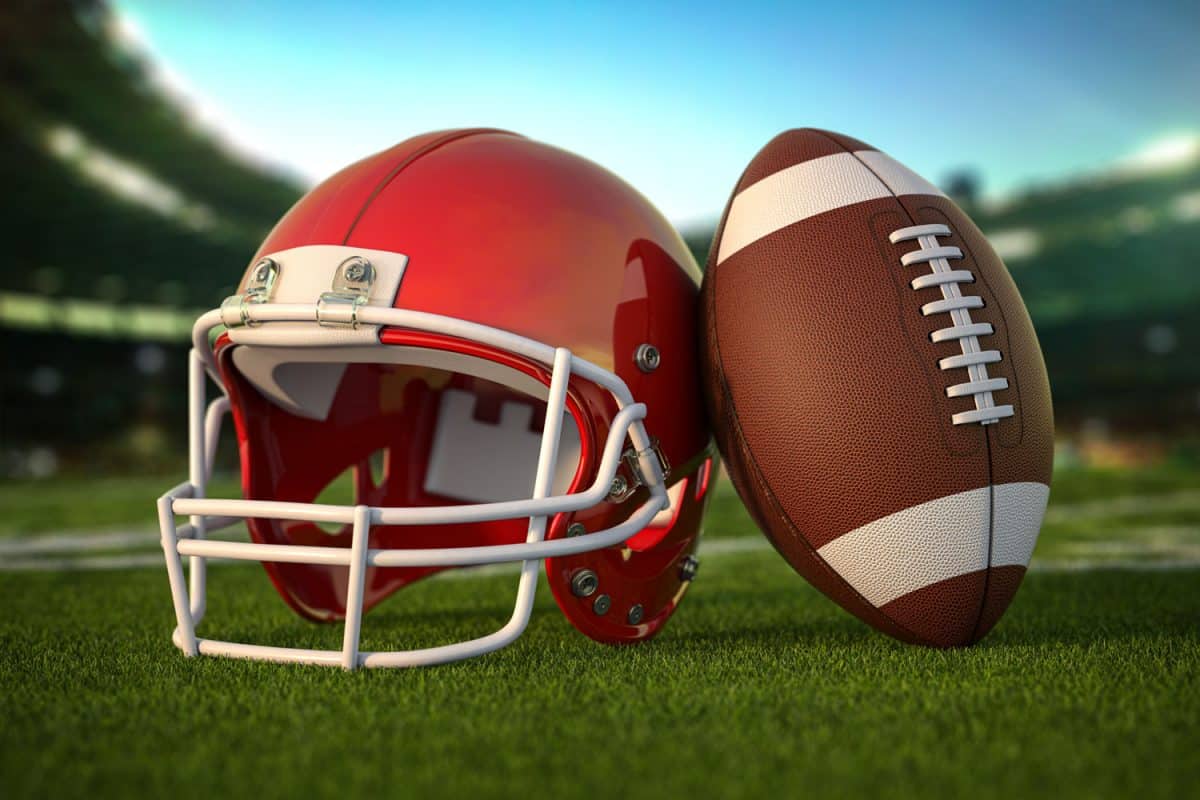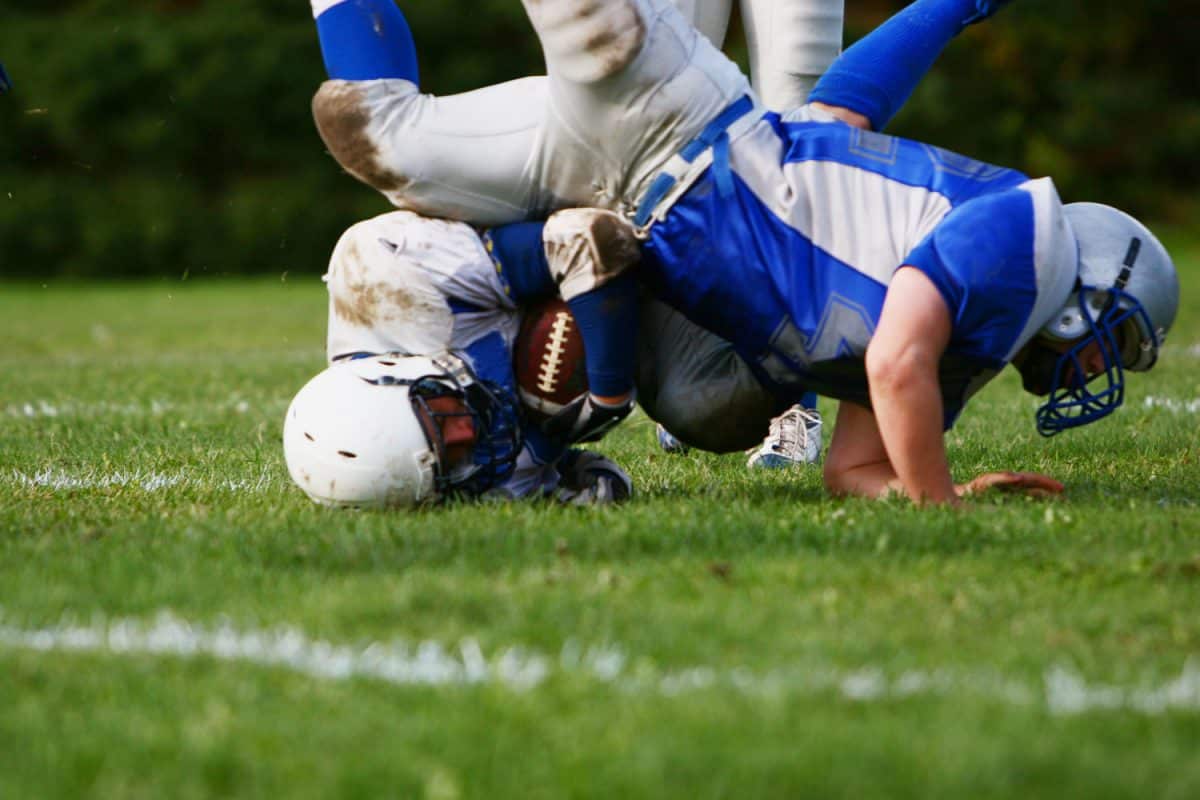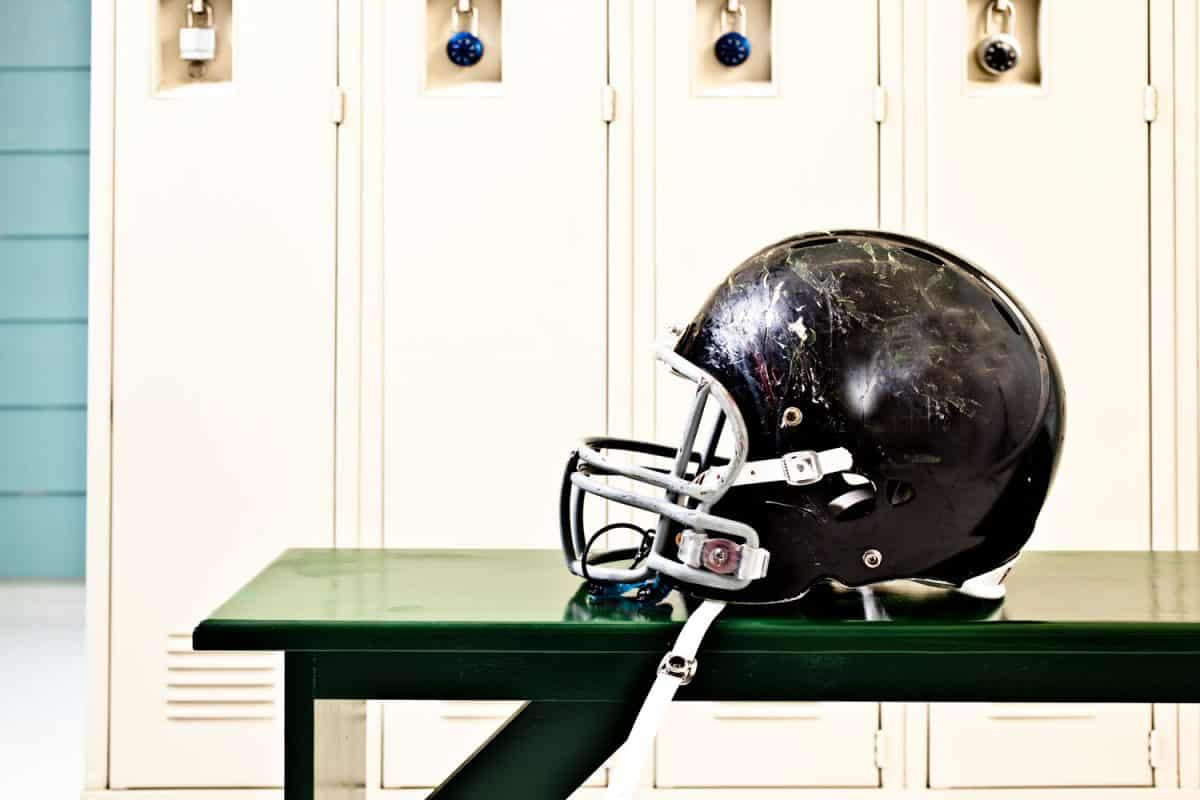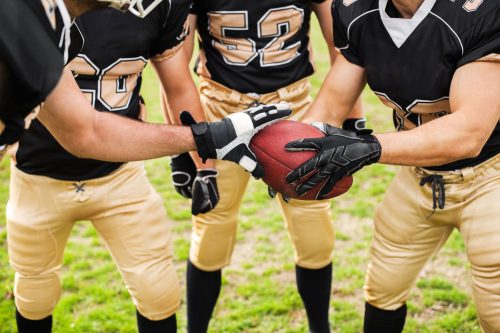When playing a contact sport like football, your safety equipment is vital. It is extremely important that your equipment, especially your helmet, is fully functional. Since football can involve intense physical contact, your helmet undergoes a lot of strain. In this article, we are going to explore if football helmets expire.
Football helmets do expire. However, some helmets can be recertified and reconditioned. They can be recertified for up to 10 years, depending on the manufacturer's instructions.
Recertification and reconditioning should be done at least every two years or as directed by the manufacturer. To know whether or not your helmet can be recertified, look for a helmet with a NOCSAE label. This label will tell you whether or not it can be recertified and has an expiration date.
Now that you know football helmets do expire, keep reading to learn more about how to recertify and recondition your helmets. We will also talk more about the reconditioning process, if you should risk buying a used football helmet, and more.

What Is The Difference Between Recertification And Reconditioning?
Many people use these words interchangeably. However, they are two different things that are usually done together. Reconditioning is taking the helmet apart and putting it back together. On the other hand, recertifying involves testing the helmet with a series of tests to ensure it meets safety standards.

After reconditioning a helmet, the helmet will be recertified and given a label that marks the date it was recertified. Do not remove these labels as they are important to help you remember when to recertify and to prove your helmet's validity if you need to use your helmet's warranty.
How Often Should You Recondition A Football Helmet? What Is Involved In Reconditioning?
Before a football helmet can be recertified, it has to be reconditioned. It is recommended that you recondition annually to better maintain the equipment. However, you are only required to recondition once every two years, or per the manufacturer's instructions.
The reconditioning process is extensive and requires taking the helmet apart, cleaning it, checking its pieces for defects, and putting it back together. The face mask, any decals on the helmet, and hardware are removed from the helmet. Then, internal parts are removed, inspected, and cleaned.
At some places, the helmet shell is x-rayed to check for weakness or damage. Any parts with defects will be replaced when the helmet is put back together.
After that, the helmet is cleaned, buffed, and put back together. Any decals or paint that need to be added are applied. Once it is reassembled and painted, it goes to the lab to undergo certification tests.
How Often Does A Football Helmet Need To Be Recertified?
After your helmet has been inspected and reconditioned, it will be recertified. Just like reconditioning, you need to recertify at least every two years. Any helmet older than 10 years may not be accepted for reconditioning or recertifying.
Before a helmet is reconditioned, it will undergo tests to get a baseline of performance. After it is reconditioned, it will undergo these same tests to make sure the reconditioning improved the helmet. NTS's blog talks more in detail about what safety standards the helmets have as well as the rigorous tests that are performed.
The main test is a drop test, which is designed to simulate helmet-to-helmet impacts. During this test, the helmet is brought to a height of 60 inches and dropped onto a steel anvil with a rubber pad. They test out different velocities, locations, and temperatures.
Each helmet is tested with a total of 29 different impacts before moving on to the next test. After the drop test, the pneumatic ram test is performed. A pneumatic impactor, which is an air-powered ram designed by NFL researchers, is used to test the helmet with impacts at almost 65 feet per second. It is used to test impacts the drop test can't, like ones from the front and top of the helmet.
After passing the test, a new recertification label is placed that states when the helmet was recertified as well as the company that did the recertification.
Can I Recertify and Recondition My Own Helmet?
No, you must have your helmet recertified and reconditioned by a company that is licensed by the National Operating Committee on Standards for Athletic Equipment. You want to find a company that is a member of NAERA (National Athletic Equipment Reconditioners Association) because they are licensed by NOCSAE.
NAERA's website has a map that allows users to search for the closest company that can recertify their helmets. You can also send your helmet to some manufacturers to have them serviced. The process costs between $30 to $40 a helmet.
How Long Do Reconditioning And Recertification Take?
It can take as long as one month to get your helmet back from the recertification company. So, be sure to either have another helmet to use during games or do it between seasons.
Why Should I Recondition And Recertify My Helmet?

A lot of manufacturing companies require that you have your helmet recertified to maintain the warranty on the helmet. This is because it is essential for your helmet to be cared for properly.
The constant physical contact and helmet-to-helmet action that happens during a football game require that your equipment is in excellent condition. It also means that your helmet undergoes a lot of wear and tear throughout the season. Impacts can weaken the shell or damage critical parts, possibly resulting in injury.
For this reason, it is extremely vital you get your helmet reconditioned and recertified. Plus, if you do sustain an injury while wearing your helmet, your helmet warranty will kick in as long as you meet all the warranty requirements. Recertification is usually one of these requirements.
How Long Do Riddell Helmets Last?
Riddell is one of the most well-known football helmet manufacturers. Riddell helmets have a 10-year shelf life and must be reconditioned every two years to keep the warranty intact.
Once a helmet reaches the 10-year mark, the reconditioner has to destroy the helmet and send the shell back to prove it was destroyed. This ensures that all their helmets remain strong.
How Long Does A Schutt Sports Helmet Last?
Unlike Riddell, Schutt Sports don't put a time limit on their helmets. Instead, they base the shelf life on the helmet's condition. The helmet is good if the shell is intact, free from damage, and all the parts are working. Usually, with proper care and depending on the model, Schutt helmets can last 12 to 16 years.
Should I Buy A Used Football Helmet?

When you buy a football helmet, it may seem like a good idea to buy a used one because you will save money. However, you should be careful when you buy a helmet that has been used. If it is old or hasn't been reconditioned, it can fail, potentially causing injury.
It is better to buy a new helmet over an old helmet because new ones will be up to standards and have a warranty. Used helmets might be damaged or lack a warranty. When buying a used helmet, check for the recertification label to see how long it has been since it has been reconditioned. If it has been more than 2 years, you probably want to pass on that helmet.
If the helmet is gently used and fairly new, it might be okay to use. Just keep in mind that used helmets do not carry the promise of safety in the same way new ones do.
Why Is It Not Helpful To Add More Padding To Football Helmets?
A lot of people think more padding equals more safety. However, with football helmets, that is not the case. Lots of people are wondering why football helmets do not have padding on the outside of the shell.
The answer is that putting pads on the outside of the helmets would be dangerous. The padding would grab the other helmet upon contact. As a result, players would receive more rotational injuries, especially in the spine and neck.
How Often Do NFL Helmets Get Replaced?
NFL helmets get replaced as needed. Every week, the helmets are sent to get x-rayed and checked for damage. If a helmet becomes unsafe to use, it is replaced.
Since 2013, the NFL had a one helmet per season rule. This made it so the helmets were broken in and minimized the risks of poorly fitting helmets. However, in 2022, teams will be allowed to add a second helmet if they want. CBS Sports has an interesting article that talks more about this policy change.
Final Thoughts
Football helmets do expire. However, if you keep them recertified and reconditioned, you can extend their use. Each manufacturer has its own recertification requirements, but generally, you need to recertify every two years.
Since different manufacturers have different shelf lives, be sure to know what your helmet's manufacturer requires. If you found this article informative, check out the links below to explore this blog:



![Read more about the article Should Basketball Shoes Be Tight? [Important Fitting Tips!]](https://fitseer.com/wp-content/uploads/2020/10/A-basketball-court-floor-with-a-ball-and-athletic-shoes-500x333.jpg)


